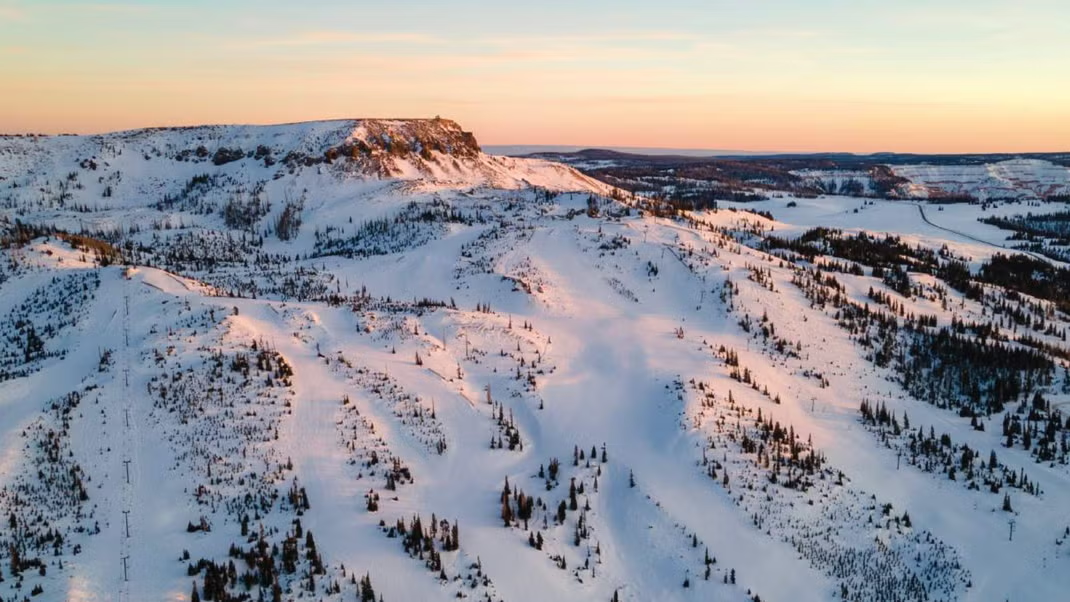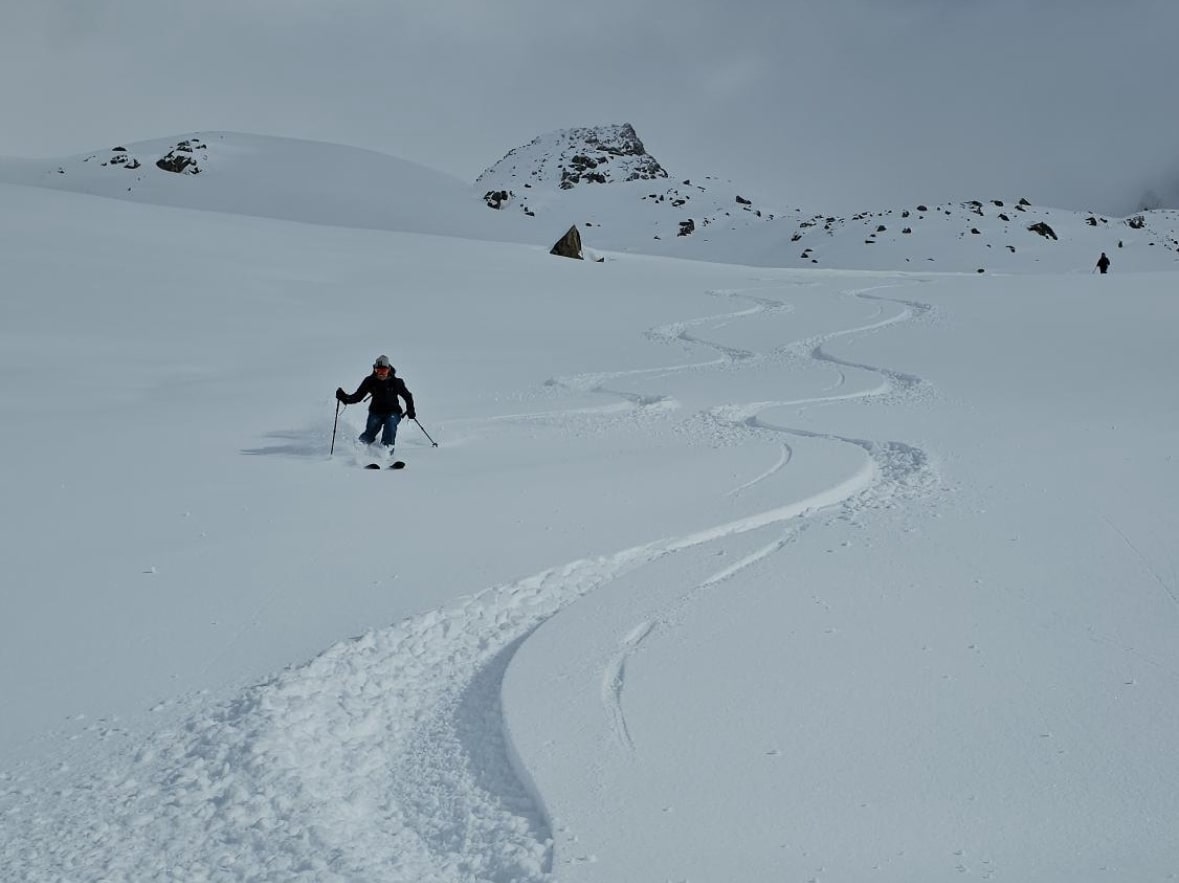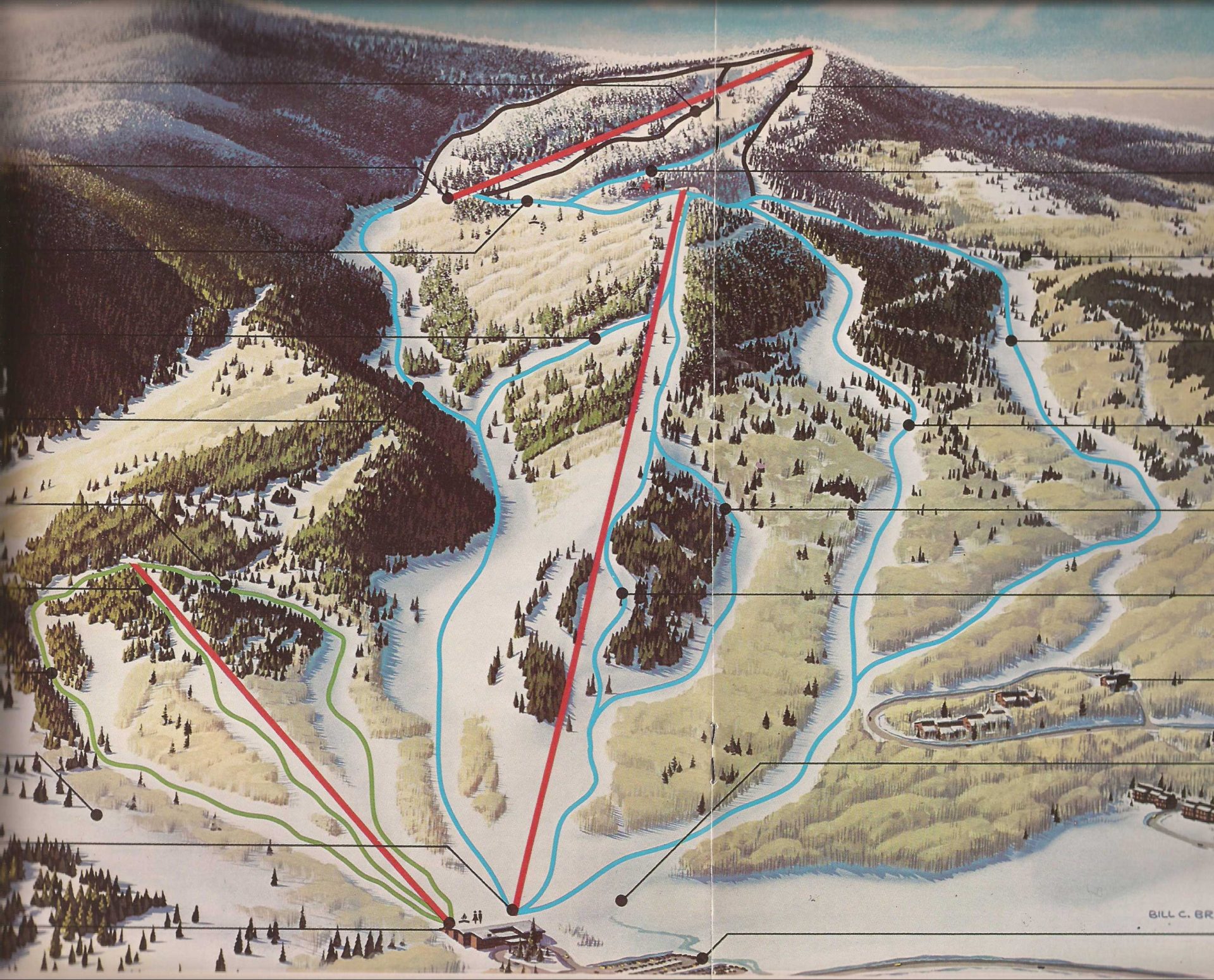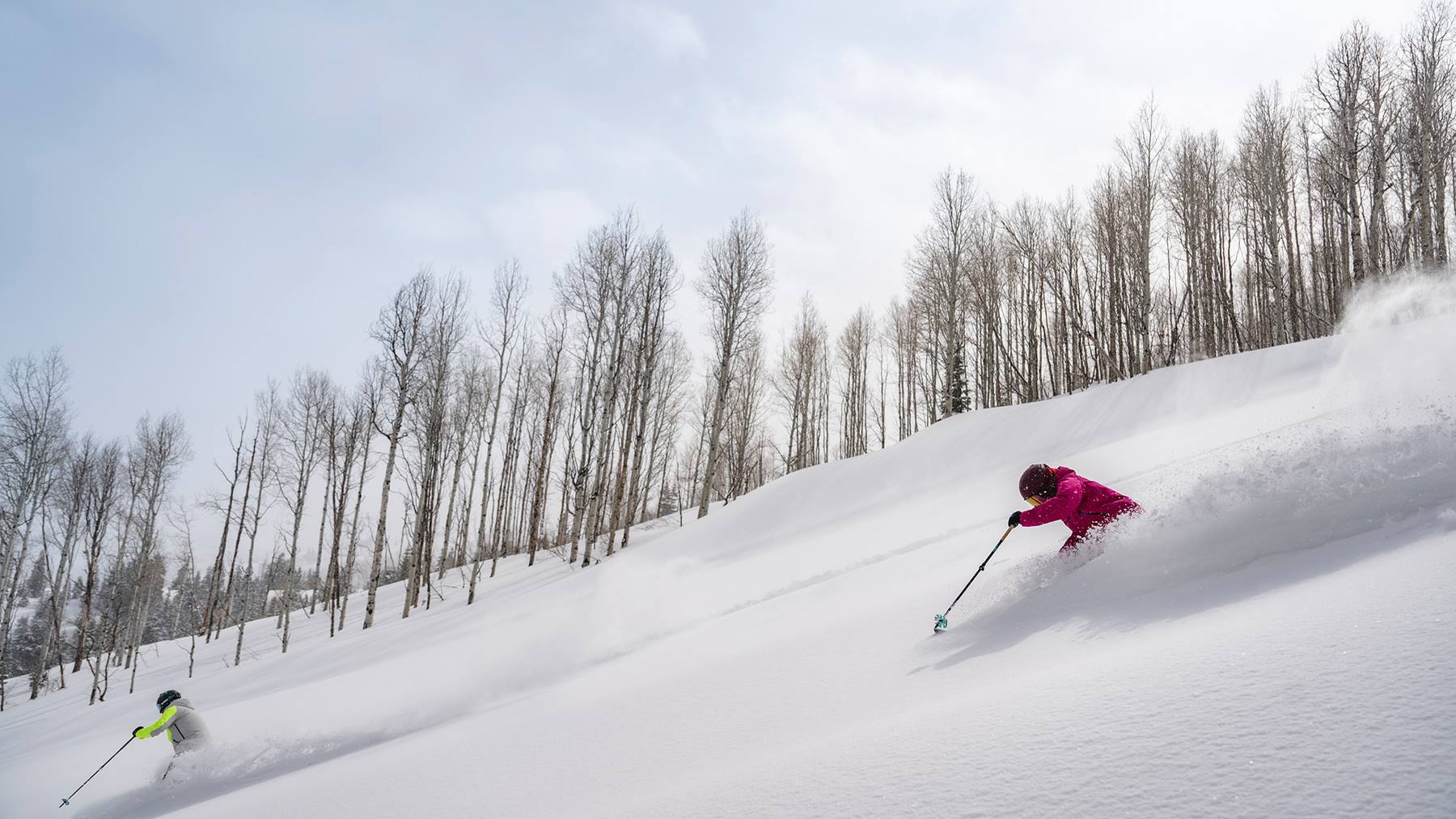
What if I told you that, over the past 30 years, the Western U.S. has effectively added the equivalent of 22 ski areas the size of Jackson Hole Mountain Resort? For most skiers and snowboarders, that would sound like an impossible dream — or at least a wildly optimistic projection. And yet, that’s exactly what has happened across the 11 Western states since 1994.
How can this be, especially when many believe ski areas have been on the decline? According to data from the National Ski Area Association,(NSAA), the total number of U.S. ski resorts has dropped from 546 in the 1991–92 season to 486 last season — a loss of 60 ski areas, or roughly an 11.5% decrease.

Despite the drop in the total number of ski areas, the supply of lift-served skiing in the Western U.S. is not shrinking — far from it.
In fact, according to The Storm Skiing Journal and Podcast, the amount of skiable acreage has increased by 54,598 acres in the 11 contiguous Western U.S. ski states since 1994. That’s the equivalent of adding ski terrain comparable to the entire state of Colorado and then some, or, as previously mentioned, 22 times the size of Jackson Hole. This growth is driven by the expansion of existing resorts and the establishment of new ones that cater to the demands of modern skiing and snowboarding enthusiasts.
The 11 Western states analyzed were Colorado, Utah, Montana, California, Wyoming, Idaho, Washington, Oregon, Nevada, Arizona, and New Mexico. Data was taken from 1994’s Peak Ski Guide & Travel Planner, which, at the time, billed itself as “the official ski areas guide of U.S. skiing.” In that guide, 92 ski areas still in operation today were listed, along with their skiable acreage.
Since then, those 92 resorts have collectively added 52,083 acres of terrain. And that figure doesn’t even include another 76 Western ski areas — many of which were also operating in 1994 — that today account for 39,069 acres but had no reported acreage in the original guide.

Since 1994, six of these 76 ski areas have newly opened, including Silverton, Colorado, (1,819 acres) in 2001, Tamarack, Idaho, (1,100 acres) in 2004, Blacktail, Montana, (1,000 acres) in 1998, and Cherry Peak, Utah, (400 acres) in 2015. The combined 4,319 acres of these new ski areas significantly exceed the 1,804 acres lost when 10 ski areas, listed as active by Peak in 1994, ceased operations.
The Storm Skiing Journal and Podcast breaks this down much further, but in summary, the total increase in ski terrain in 11 Western ski states since 1994 is 54,598 acres. This number is derived from the previously mentioned 52,083 acres of new terrain at existing mountains, 4,319 acres at new public ski areas, and then subtracting 1,804 acres lost from closed ski areas.
So, while the overall number of ski areas in the U.S. has declined over the past 30 years, the amount of skiable terrain — difficult though it is to measure precisely — has grown substantially. This apparent contradiction reflects a broader industry trend: the consolidation and expansion of major resorts alongside the strategic development of new ones. It’s a trend that continues into the 2024–25 season, where ski area expansion remains a defining storyline..
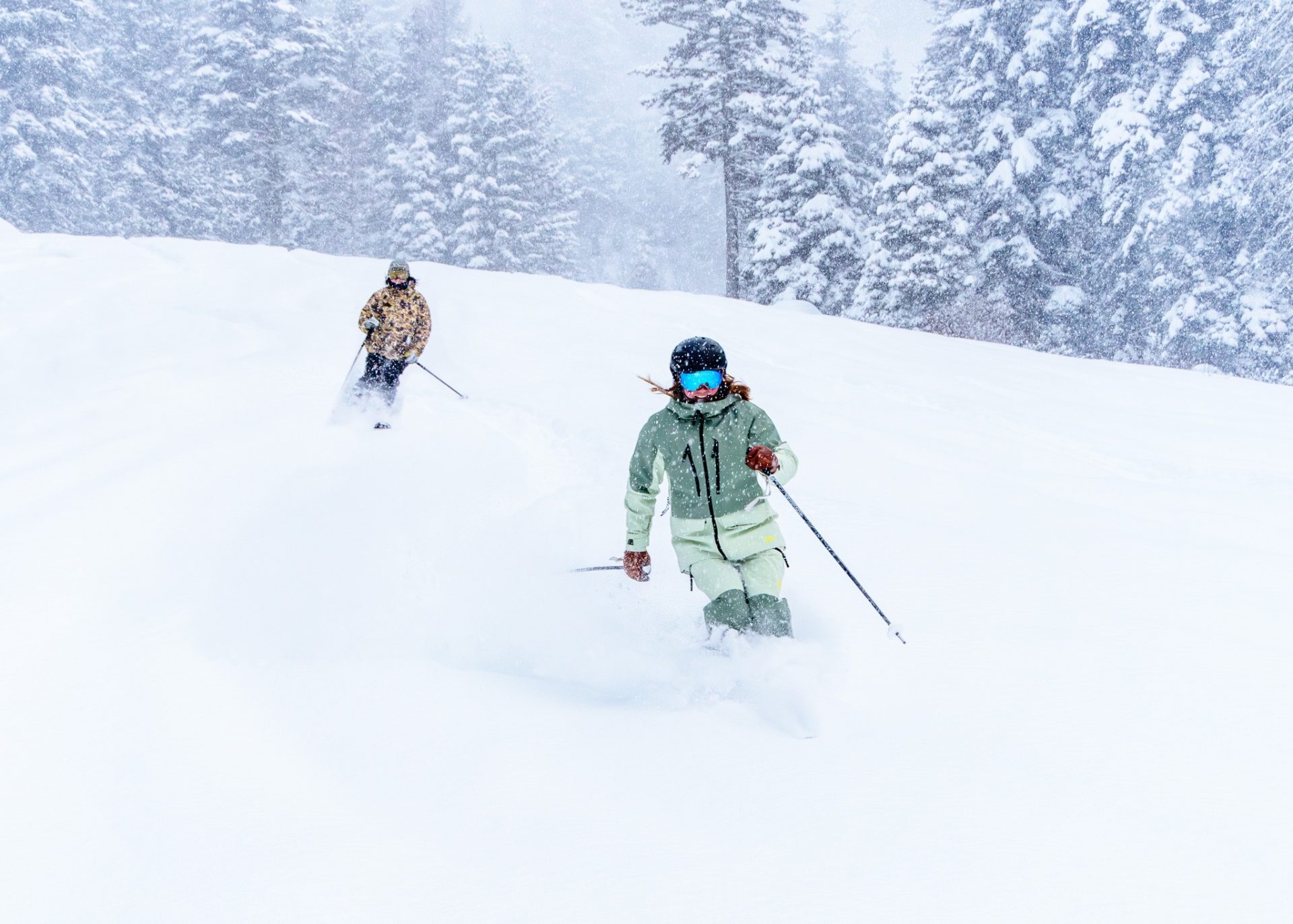
Many of the ski areas that have closed over the past three decades were small, independently operated, and often burdened by financial struggles, aging infrastructure, or limited investment. In contrast, larger resorts that modernized, expanded their terrain, and enhanced guest amenities have not only survived but flourished. As a result, the industry has shifted toward fewer, but higher-quality and more expansive ski areas. While climate change has certainly affected the viability of some lower-elevation resorts, the primary causes of most closures have been business-related: poor management, lack of reinvestment, and an inability to compete with larger, destination-driven resorts.
Looking ahead, it remains uncertain whether the growth in skiable acreage will continue over the next 30 years as it has in the past. Factors such as climate change,economic challenges, and evolving skier preferences will undoubtedly shape the future of the ski industry. Nonetheless, the trend toward fewer but larger and better-equipped ski resorts suggests that the focus on quality over quantity will likely persist, offering skiers and snowboarders more expansive and well-maintained terrain to enjoy.
